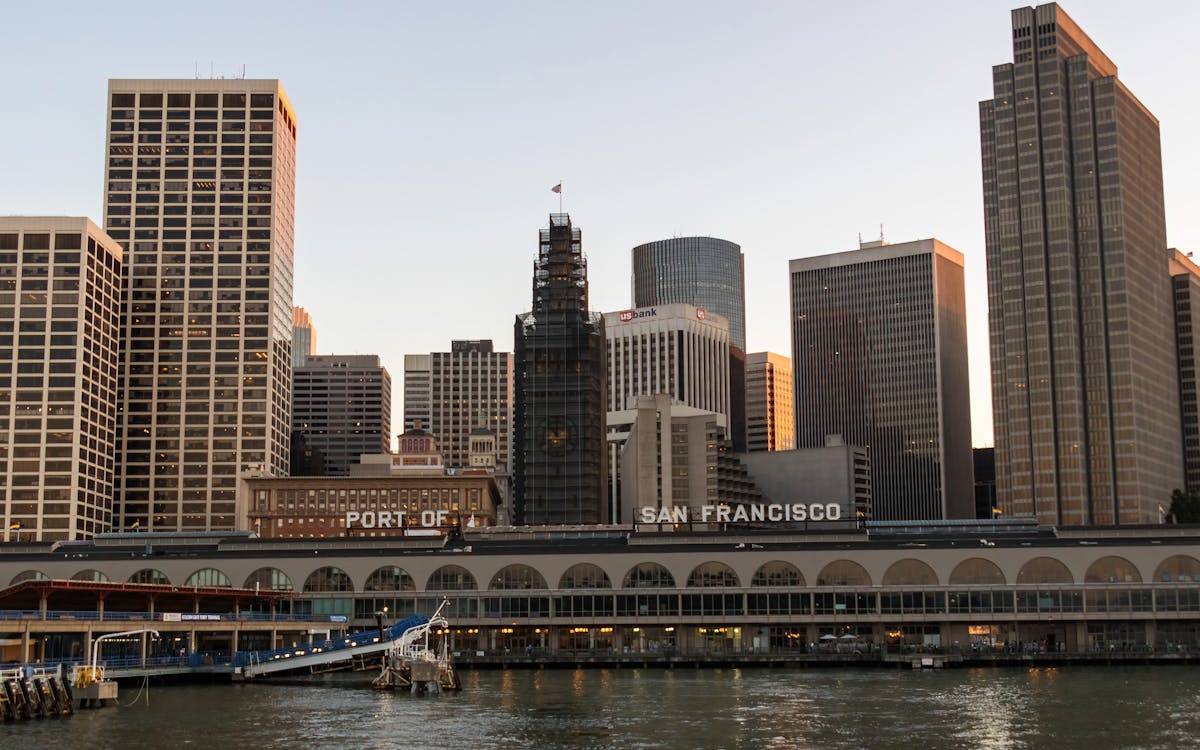Nature’s Comeback: How Communities Rebuild the Bay
Nature’s Comeback: How Communities Rebuild the Bay
Blog Article

Why Restoration Matters More Than Ever in the Bay Area
Over the last couple of years, the San Francisco Bay has weathered the impact of city development, industrial growth, and climate adjustment. When including wildlife and lavish wetlands, a lot of the bay's all-natural communities have actually been fragmented or deteriorated. Yet in the middle of these difficulties, something impressive is occurring: neighborhood residents, volunteers, and grassroots efforts are leading a wave of ecological restoration that's bringing new life back to the Bay.
Reconstruction isn't just about planting trees or tidying up garbage, though those initiatives are essential. It's regarding restoring the structures of life, from marsh grasses that support fish nurseries to shoreline buffers that guard against flooding. And in this region, the power of community involvement is turning the tide very reasonably.
From Marshland to Miracle: The Return of Native Habitats
One of the most visible adjustments taking place in the Bay Area is the re-emergence of indigenous environments. Wetlands that were once drained or led over are being rehydrated and replanted. Yards and hedges aboriginal to the region are being cultivated by community teams, that commonly rely upon regional volunteers to assist grow seed startings and take care of controlled planting events.
These indigenous plants do more than include plant to the landscape. They provide refuge to migratory birds, pollinators, and tiny animals, producing pockets of biodiversity amid hectic urban areas. As these habitats increase, so does the environmental health of the Bay itself. When neighborhood citizens take time out of their weekend breaks to get their hands in the dirt, they're not just planting-- they're joining the repair of a living, breathing ecosystem.
The Role of Education in Fostering Environmental Stewards
Education and learning plays a critical part in why these community-led initiatives are functioning so well. Schools, neighborhood centers, and not-for-profit teams are organizing hands-on discovering experiences where individuals of all ages can comprehend the scientific research and importance of repair. These programs frequently bring people in person with concerns like disintegration, pollution, and water level surge-- subjects that can really feel abstract until they're seen up close.
When someone sees the delicate balance of an estuary or discovers exactly how a single plant types can filter toxic substances from the water, the worth of that understanding comes to be individual. And keeping that understanding comes the inspiration to act. Bring back ecological communities comes to be much less of a duty and more of a goal. This deep link to regional areas is what sets the Bay Area apart and gas the lasting success of these initiatives.
Taking Advantage Of the Digital World to Drive Real-World Change
Remarkably, the push to recover the Bay's ecological communities isn't taking place in isolation from the digital globe. Innovation is coming to be a powerful device in rallying support, spreading understanding, and attaching areas. Whether with person science apps that track indigenous varieties or neighborhood online forums arranging restoration events, the on the internet room is complementing boots-on-the-ground action.
In recent years, even regional outreach approaches have actually evolved. For instance, a social media marketing agency in the Bay Area could sustain environmental campaigns by helping volunteers amplify their influence, inform their stories, and inspire others to obtain included. These digital touchpoints have the power to turn a tiny weekend cleanup right into a local movement simply by allowing people recognize it's taking place-- and that it matters.
Email Campaigns That Inspire and Inform Local Change-Makers
Another electronic technique making a tangible distinction is email interaction. Updates regarding remediation occasions, seasonal more here planting initiatives, and donation drives are often shared via very carefully crafted newsletters that strike an equilibrium between being interesting and inspiring. It's not unusual for a well-timed campaign from an email marketing agency in San Francisco to bring a rush of volunteers or donations to a job in need.
These e-mail projects aren't just transactional-- they're transformative. By informing clients about the direct effect their participation has, they support long-term involvement. Viewers concern feel like stakeholders in the health and wellness of their area, which psychological connection translates to lasting commitment.
The Unseen Work of Connecting Data, Communities, and Nature
Behind every successful repair task exists an intricate internet of control. There's research to understand what habitats need most, community feedback to shape inclusive strategies, and follow-up surveillance to ensure success. This kind of ongoing initiative often requires not simply heart, yet information, method, and interaction.
That's where the assistance of a digital marketing company in the Bay Area can make a silent however essential difference. By aiding organizations construct solid digital systems, gather understandings, and fine-tune their messaging, these groups allow community teams to scale their impact. The outcome is a more linked and effective activity, where every action counts, and everyone feels like they're component of something bigger.
The Power of People in Preserving the Bay's Future
If there's one point the Bay Area has verified, it's that remediation does not have to start with large organizations or massive budget plans. It can start with one neighbor pulling weeds from a route, one student planting an indigenous sapling, or one household turning up to a shoreline clean-up. These tiny activities add up, particularly when they're sustained by smart techniques and shown to the more comprehensive community.
There's something distinctively enthusiastic about seeing the tides turn-- both figuratively and actually-- for nature. The Bay is far from fully brought back, however it's being revitalized day after day through the persistence and care of those who call this location home. With each marsh rebuilt and each native types secured, we're not simply recovering ecological communities-- we're imagining what's possible when communities lead with purpose.
Keep following this blog site for even more tales on regional modification, neighborhood effect, and the methods you can be part of securing the natural charm that surrounds us.
Report this page